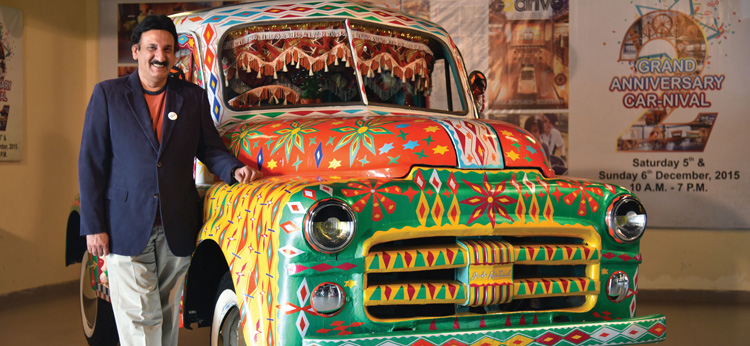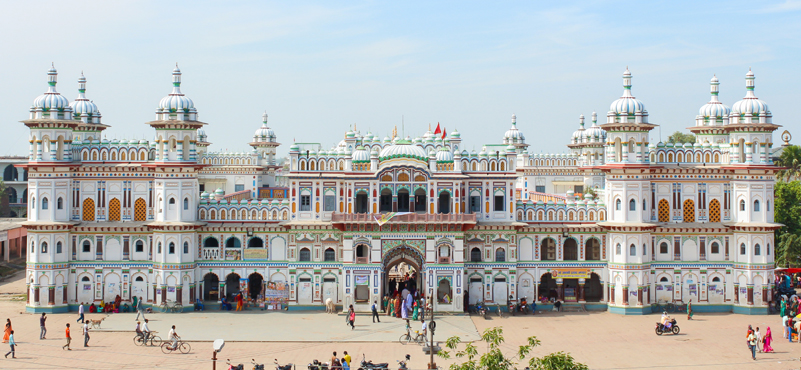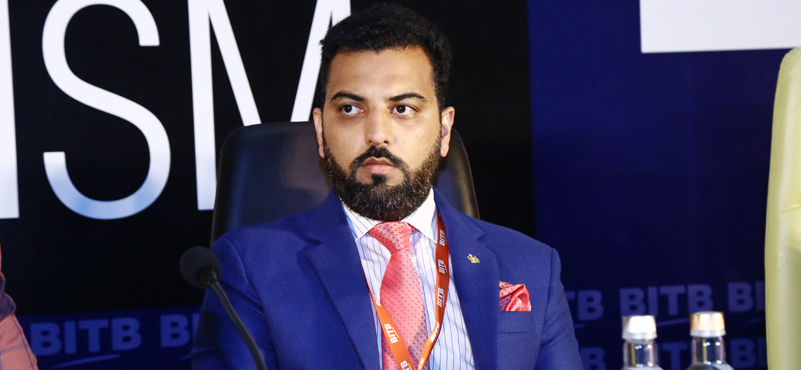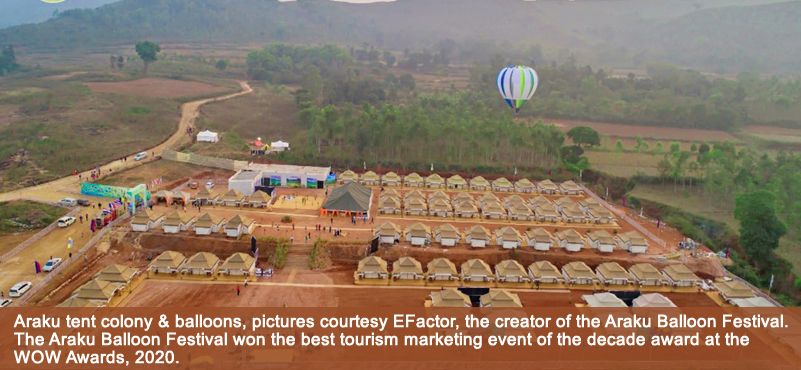India’s culture and history are its strongest USPs, and yet our museums have failed to emerge as important tourism products. Even more baffling is the fact that while Indians continue to swarm best of global museums, they rarely take to domestic ones. We caught up with Tarun Thakral, Founder and Managing Trustee, Heritage Transport Museum to understand India’s dismal show in creating world-class museums, and how his undertaking is fast becoming a stupendous success. An excerpt of the interview:
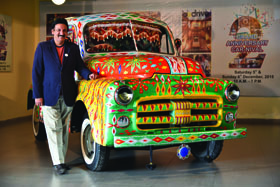
FOUNDER AND MANAGING
TRUSTEE, HERITAGE
TRANSPORT MUSEUM
“Coming from a British colony, India, thanks to Britishers, had some very nice museums in its repository, but what happened after that,” asked Tarun Thakral. His assertion underlines the perennial neglect bestowed on museums by successive governments, irrespective of their political lineage, since independence. It also remains a fact that, unfortunately in India, museums are predominantly government undertaking. Almost 98 percent of museums in India is controlled, owned, and operated by the government. While, another major challenge is that, propriety museums, besides government run museums, like the Rail museum run by the Railways, or the Air force museum run by the IAF are looked down upon by officers who are made in-charge of those facilities. “Sadly, these are considered punishment posting for people associated with these organizations. There are a handful of officers who enjoy working in museums and take interest in preserving heritage,” he explained.
The cumulative impact of this neglect has resulted in a complete curtailment from constant innovation; nothing new comes out. “Things have gone down; the world has moved towards digital displays and audio-visuals, and here in India, not much has changed. Descriptions on artifacts are pathetic; if you go to National Museum or any other major museum, you will find artifacts kept in the same way as had been put up first. It becomes very boring for people to go and enjoy the same thing over and over again; a sense of monotony creeps in,” he said.
Sharing that during one of his trips to Rajasthan, he came across old Gramophones, lamps and other knickknacks, besides finding a dilapidated car in one of the trips and ended up creating a huge collection of carriages, carts, locomotives and vintage cars, he reminisced “I picked up basically anything that moved and did not know what to do with it. I formed a not for profit trust in 2006 to ensure that the collection, which had been created with great difficulties and lot of efforts that spanned for well-over two decades, remained intact.”
He approached the GOI in 2009 with the idea of developing a heritage transport museum, besides making adequate land available for it. The government offered six crores rupees to partly offset the construction cost. “We also received some donations in tune of four crores. But the entire project was, roughly, around fourteen crores, so I arranged the remaining sum on a loan to the trust,” he shared.
Finally, the museum was thrown open to public in late 2013 and, since then, there has been a constant growth of visitors. “The museum is some forty minutes drive from the nearest hub, Gurgaon. But, we receive a number of school children during the weekdays. International tourist groups, on their way to Jaipur, are stopping by to check out the collection. It is fast transforming into a destination in itself,” Tarun Thakral enthusiastically said.
When asked to pin-point reasons for such a fast-paced growth of his museum in gaining popularity and footfalls, he attributed it to a number of reasons, stating that it would also decode why majority of museums were finding it hard to attract serious footfalls. “Firstly, we were not forced to get into an old structure as we created our building. So, we had the liberty to choose how best we were going to manage our spaces with what all we had. It is a very industrial looking building – which goes with the whole transport museum vibe. We did not want our displays to be boring, so they have been put up very interestingly,” he said.
Adding that the way the museum was designed, one could actually move the collection around, hence lending it a greater degree of fluidity and vibrancy, he informed that they had added substantial contemporary artwork, which helped breaking the monotony in visitor’s experience. “If you see twenty cars in row, your mind will stop registering further. It is human tendency. So, we have mixed contemporary art in the confines at various places without moving out of the purview of transport related objects. There are modern and old videos displayed at several places,” he said.
The moot question that remains unanswered is why have government museums not been able to replicate this success? The answer, most likely, lies not in comparison of content on display, but the way it connected to the audience, felt Tarun Thakaral. “A comparison of content, on display, between some of the world’s finest museums and one’s in India, tells us that we have some of the finest articrafts and heritage; there is no dearth of quality,” he reasoned. Comparing it with the heritage transport museum to put things in perspective, he noted that one may put on display, an eighth century idol, but how does one make it relate to audiences who come to visit them was the key in generating interest. “It is easier to connect to transport related objects,” he said.
Suggesting incorporation of interesting and engaging displays to help visitors develop a connect with museums, he added “there may be a historical content, but one needs to find an interesting and a fun way of ‘story-telling’,” stressed Tarun Thakral
Alleging museums, in India, to be overtly stuffed up in their thought processes in describing a particular piece, he called it a bookish way of going about it. “Today’s generation with gadgets and gizmos, all around them, have little patience for such descriptions,” he reasoned. Contesting that the school of thought that believed museums as mere repositories of objects was passé, he called them source of learning. “It must, however, be contextualized in the present milieu,” he said.
Technical issues of engaging with audiences aside, India is yet to get its basics right. Basic hygiene remained a huge concern, noted the founder. “It is unfortunate, but the condition of public amenities, restrooms and general cleanliness is in the pits,” he said. Quipping that he had received several comments on how nice and clean washrooms were in the transport museum, he called it a basic facility, but noted that people, these days, were sensitive to such things.

